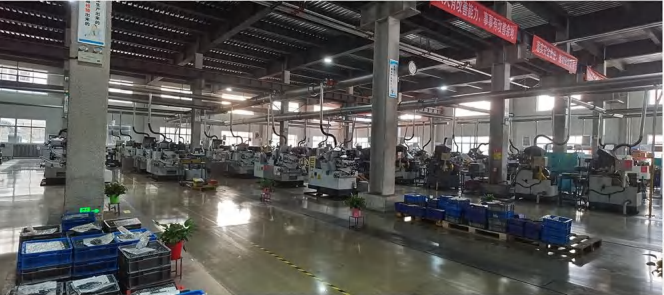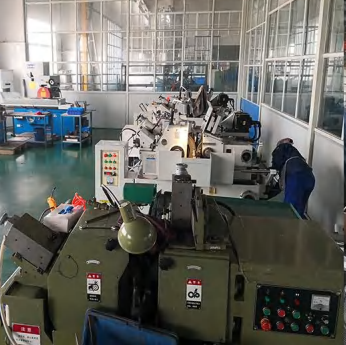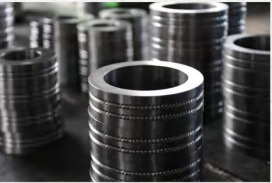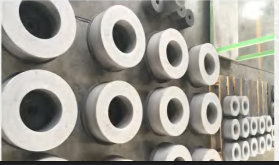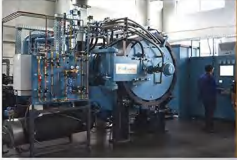Tungsten Carbide Roll and Rings
Home » Our Products » Rolling Mill Solutions » Tungsten Carbide Roll and Rings
our products
Tungsten Carbide Roll and Rings
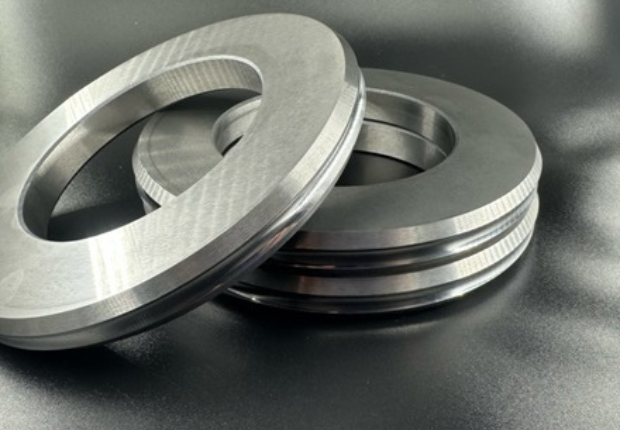
get in touch
At Infinity Steel Industries Resources, we are committed to providing seamless communication and exceptional customer service. Whether you have questions about our products, need technical assistance, or are interested in exploring how we can support your steel manufacturing needs, our team is ready to assist you.
Maximizing Productivity with Tungsten Carbide Rolls and Rings
Cemented carbide roll rings (also known as tungsten carbide roll rings) possesses good thermal conduction property. Compared with other materials, it is much better in terms of heat resistance, wear-resistance and strength. What’s more, its hardness reduces a little under the condition of high temperature. So, the cemented carbide roll rings is invented with the appearance of a high-speed wire rod mill. With the development and improvement, it is widely applied in the production of high-speed wire, bar, and deformed steel bar.
- Caution of application for cemented carbide roll rings
Cemented carbide roll rings, composed of tungsten carbide and binding metal, is one kind of tool material with high hardness and good wear-resistance. In order to make full use of the above advantages of cemented carbide roll rings, the manufacturer of high-speed wire rod shall pay more attention to the following items duringthe course of purchasing and using it.
1. Make the correct choice for the cemented carbide used by the fnishing mill
– Before determining the grade of cemented carbide for every stand, we shall have a thorough understand about their properties so as to make the correct choice (Please refer to the preceding paragraph).
2. Installation of cemented carbide roll rings
– The sleeve insertion and assmbly of cemented carbide roll rings shall be carried out in accordance with the requirements of precision. There shall be appropriate space between the roll rings and axle or between the roll rings and sleeve. The fit is neither tight nor loose. You should check whether the roll rings conforms to the technological requirement and clean the mounting surface of roll rings, sleeve and axle before the installation. It is prohibited to beat the roll rings with hammer or other hard things while assemblying.
3. Requirement for the cooling of roll rings and cooling water during the course of rolling
– Because of the negative effect of heat corrosion, thermal fatigue and thermal stress, the net-shaped thermal fatigue crack usually appears while the collar working. With the increase of cracks, small parts may come off and even the roll rings is broken. We adopt the cooling method to reduce the bad effect, prevent the cracks from stretching and prolong the durability of rolling groove, which plays an positive role on the cemented carbide roll rings.
– The parameters of cooling water are as follows: temperature no more than 35°C, pressure of 0.4-0.6 Mpa, volume of 24-30 m3 per stand per hour, radical direction for spraying water, the angle of 15-30″ between the spraying direction and rotating direction of roll rings. The water is twice as wide as the rolling groove and directly sprayed into the groove without scattering.
4. Determine the reasonal yield
– It is inevitable to find the microcrack on the rolling groove. The microcrack will gradually extend, stretch and deepen. The groove shall be repaired immediately while the depth of crack reaching 0.2-0.4 mm. Otherwise, the crack will deepen quickly, which leads to a risk of broken roller. The range of normal yield is regulated as follows:
- Stands of pre-finishing rolling mill: (5000-7000) tons
- 1-2 Stands of finishing rolling mill: (2000-3000) tons
- 3-4 Stands of finishing rolling mill: (2000-3000) tons
- 5-6 Stands of finishing rolling mill: (1500-2500) tons
- 7-8 Stands of finishing rolling mill: (1500-2500) tons
- 9-10 Stands of finishing rolling mill: (1200-2000) tons
- Stands for reducing diameters: (1000-1500) tons
5. Repair of groove
– It is normal to find the microcrack on the rolling groove. The groove shall be repaired immediately while the depth of crack reaching 0.2 mm. It is necessary to prevent the roller from being broken. While repairing, we must ensure to remove the crack thoroughly. Otherwise, it will bring a potential risk to next rolling. It is difficult and inconvenient to check if the surface is polishing. To ensure the complete remove of microcrack, we can increase the grinding quantity.
- Roll rings for stands 9-10 of finishing rolling mill: (0.4-0.6) mm
- Roll rings for stands 1-8 of finishing roiling mill: (0.7-1.2) mm
- Roll rings for stands of pre-finishing rolling mill: (1.2-2.0) mm
- Dimension range of finished rolls
| External diameter (mm) | Inner diameter (mm) | Inner diameter (mm) |
| 100-500 | 50-380 | 20-250 |
- Tolerances allowable for the O.D.,I and height of roll rings
| Precision class | External diameter≤200mm | External diameter≥200mm | |||
| Better | Ordinary | Better | Ordinary | ||
| Out diameter | ±0.02 | ±0.05 | ±0.03 | ±0.05 | Special requirements |
| Inner diameter | +0.020 | +0.035 | +0.025 | +0.050 | |
| 0 | 0 | 0 | 0 | ||
| height | ±0.025 | ±0.10 | ±0.05 | ±0.10 | |
- Conclusion:
In conclusion, tungsten carbide rolls and rings are essential for modern metal processing, offering superior hardness, wear resistance, and durability. Their high performance and efficiency make them ideal for demanding industrial applications, reducing downtime and maintenance costs. As manufacturing technology continues to advance, tungsten carbide rolls and rings will remain a key solution for precision metal shaping, ensuring quality, productivity, and long-lasting performance in various industries.
